- The National Association of Productivity and Organizing Professionals reports the average American receives almost 15,000 pieces of junk mail in their lifetime. How much of that is on your kitchen counter right now?
- Harris Interactive reports 23 percent of adults say they pay bills late (and incur fees) because they lose them.
- Agency Sales Magazine reports that we never use or look at 80% of the papers and information we keep.
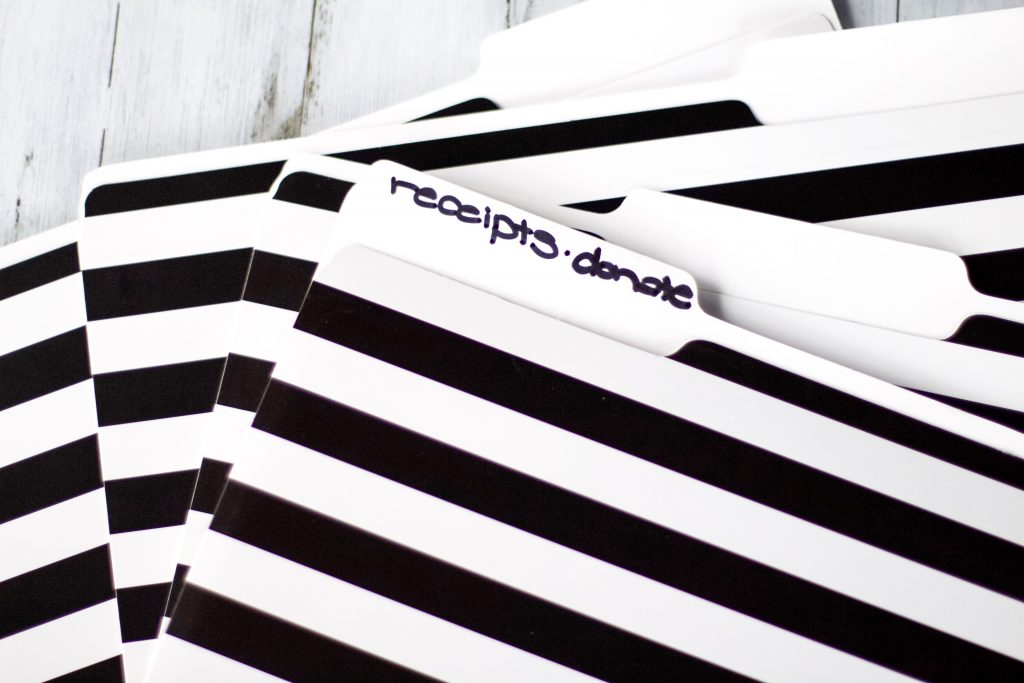
How to Tame Paper Clutter
-
Reducing paper clutter
Unsubscribe from junk mail or unwanted mailers.
This doesn’t work 100% of the time (sometimes they don’t listen), but it’s worth a try. There’s usually a number near the bottom, or a name you can look up to be requested to be taken off the list. Some companies send out catalogs in addition to their emails. Just call them and ask to unsubscribe! It does take some time, but it’s worth it.
Avoid mail sent to previous owners.
When you get mail addressed to the previous owners, cross out barcodes and write “return to sender” on the letter. Place it back in the mailbox and the mail service should update information. We also talk to our mailman, and he knows us. When he sees something that’s not for us, he returns it. If you consistently have the same person delivering your mail, get to know them!
Donate to a few select charities.
Selecting a few that are really important to you will help you eliminate all the mail coming from multiple charities, and you’ll only receive mailers from those you have donated to. You can also request that your favorite charities only communicate with you via email instead of mail.
Switch bills to electronic.
This is a big one, and it can feel overwhelming. I like setting up autopay, and setting up recurring email reminders so that you know how much you’re getting charged each month. Just start with one bill, and tackle one bill per month. Once you transfer everything to digital, you won’t have to worry about keeping track of the physical papers.
To keep your digital mail organized, I recommend creating email folders. Either color code or take advantage of “Unread versus “Read” mail to keep track of what has and hasn’t been paid.
Create a command center for important information for kids.
This is where you can store school calendars, important notices, and contact information. Once the event has occurred, remove the paper from the command center.
Designate a collection spot for kids’ artwork.
This limits the location of all the artwork that can end up all over the house and keeps it in one location. Each kid has a hanging file in the command center. Within each kid’s file, there are three categories: keep (physically keep), take a picture and turn it into a book, and recycle/reuse.
We put artwork from the first category into the kids’ memory boxes (more on that below). For the second category, we take a picture with natural light and create a book with ArtKive or ChatBooks. Minted also has ways you can blow up the pictures, or create a collage. For recycling or reusing, you can use projects as wrapping paper or gifts, or just put them in the recycling bin. It’s okay! I promise.
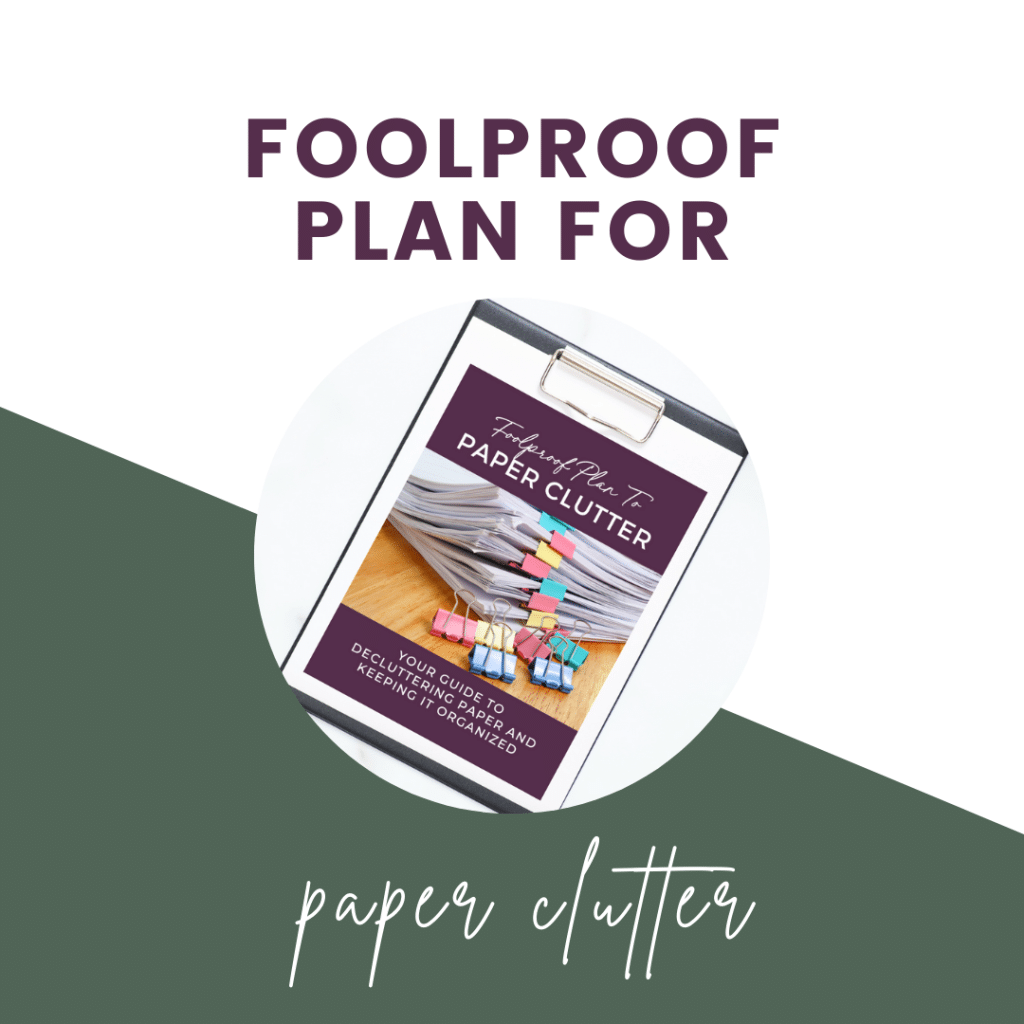
-
Dealing with daily mail
.
Once you’ve reduced the amount of paper clutter you’re dealing with, it’s time to get a handle on maintaining the paper clutter you do have. So much of it comes in through your mail, so I recommend opening your mail near the recycling bin and dumping junk mail immediately. Sort the rest into actionable piles, and file or store them immediately. Immediately. This will help reduce your paper clutter so much.
You can also create a “to do” file in a magazine holder or tray for papers that you need to take action on quickly. Check that “to do” file daily or weekly.
-
Going digital to reduce paper clutter
We talked about this already, but it deserves its own point. Going digital will eliminate so much paper clutter. It will also make your life easier (especially around tax season). Look at the papers that are coming in through the mail. Ask yourself what can be sent to you digitally.
It does take some time to set it up. Once it’s set, you’ll actually save time simply maintaining your system. When an email comes with your bill, you can pay right away, and move it into a folder within your email system to keep yourself organized digitally!
You can also keep track of the due date by adding it to your calendar and color-coding so you can tell what you’ve paid.
-
Storing important papers
Obviously, you can use filing cabinets, but this doesn’t work for everyone because sometimes things get lost. If this is the way you want to go, designate one file drawer for a specific category. For example, all household documents can go in one drawer. Store files alphabetically, or based on the frequency of papers. For example, if you get monthly bank statements, move the bank to the front, and keep quarterly files in the back.
But 80% of people don’t even look at 80% of the papers they file. What?? This is such a waste!
Let’s come up with a system that will actually work. If you’re going digital and you’re using memory boxes to store momentous and kids’ art projects, you’ve reduced a lot of the need for file cabinets. But what about other papers you need semi-regular access to? Like the neighborhood directory, gift cards, coupons?
My favorite solution is using magazine holders. Each magazine holder can be for a specific topic. You can organize them however it works for your family. Each person can have one, you could designate one holder for coupons and one for medical info, or use a combination of different categories.
Just don’t look on Pinterest for this–you’ll fall down a rabbit hole that won’t help you. You need to think about what makes sense for you and your family. There is no one-size-fits-all solution for this.
The key is to keep the boxes out so you are forced to put papers away right away instead of piling paper up on countertops. Go through those magazine holders once a week and get rid of what you don’t need to keep.
-
Saving recipes or decor from magazines
If you find a recipe you like, pull it out of the magazine and create a binder for all your favorite recipes. Try it. If you like it, keep it in the binder–if not, get rid of it.
If you really like going digital, you can also take a picture of the recipe on your phone. Create an album for “Recipes to Try” and save your pictures there. Then you can find the recipe in your recipe album on your phone when you want to try something new. If you like it, save it to another album for “Favorite Recipes.”
-
Storing memory documents
Create a memory box for each family member to store class pictures, favorite art projects, family photos, or other things you may want to keep long term. The bin should only keep important items, and it should be semi-easily accessible. I recommend getting a portfolio box that will preserve photos long-term.

Looking for more posts about paper clutter? Check out these posts:


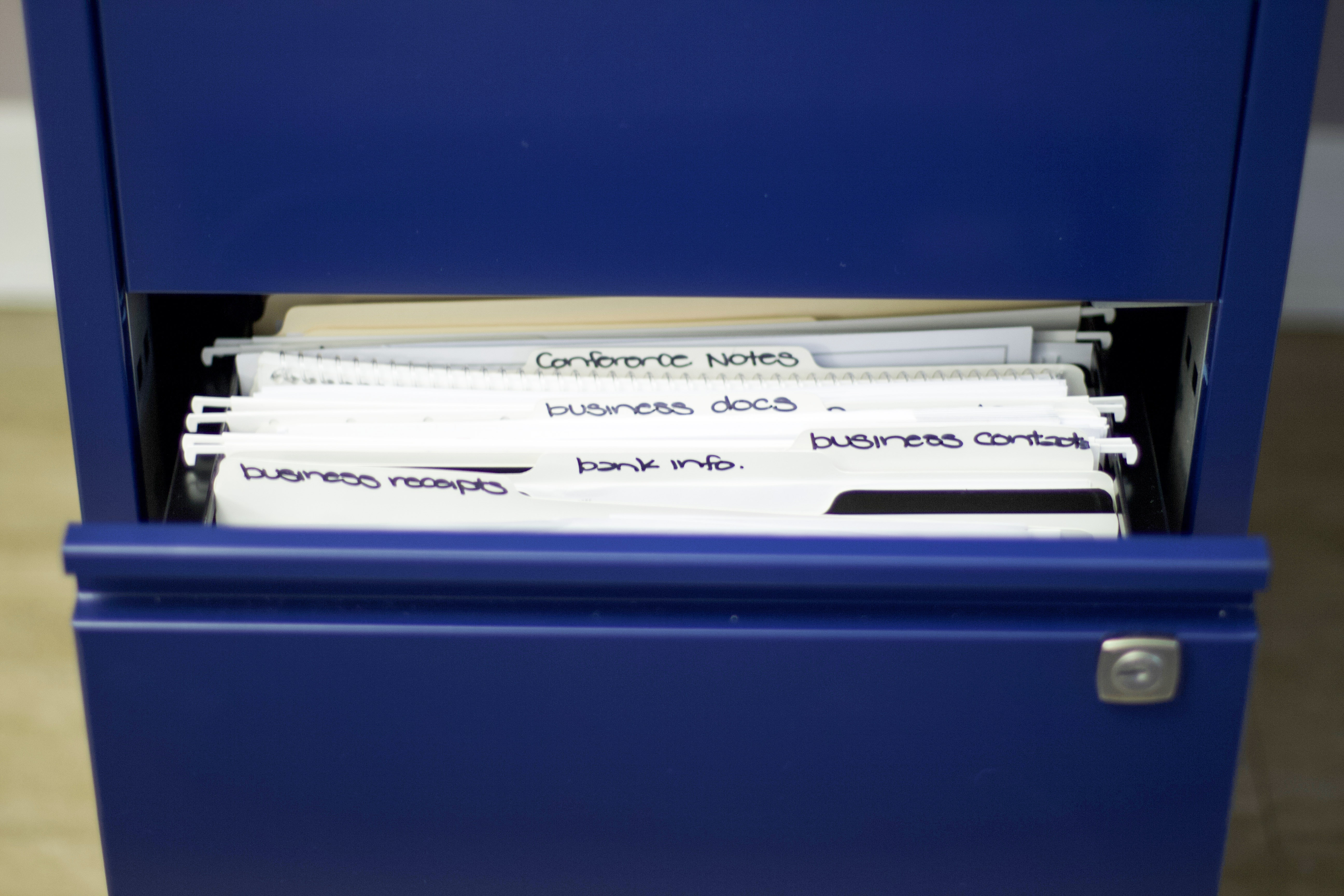
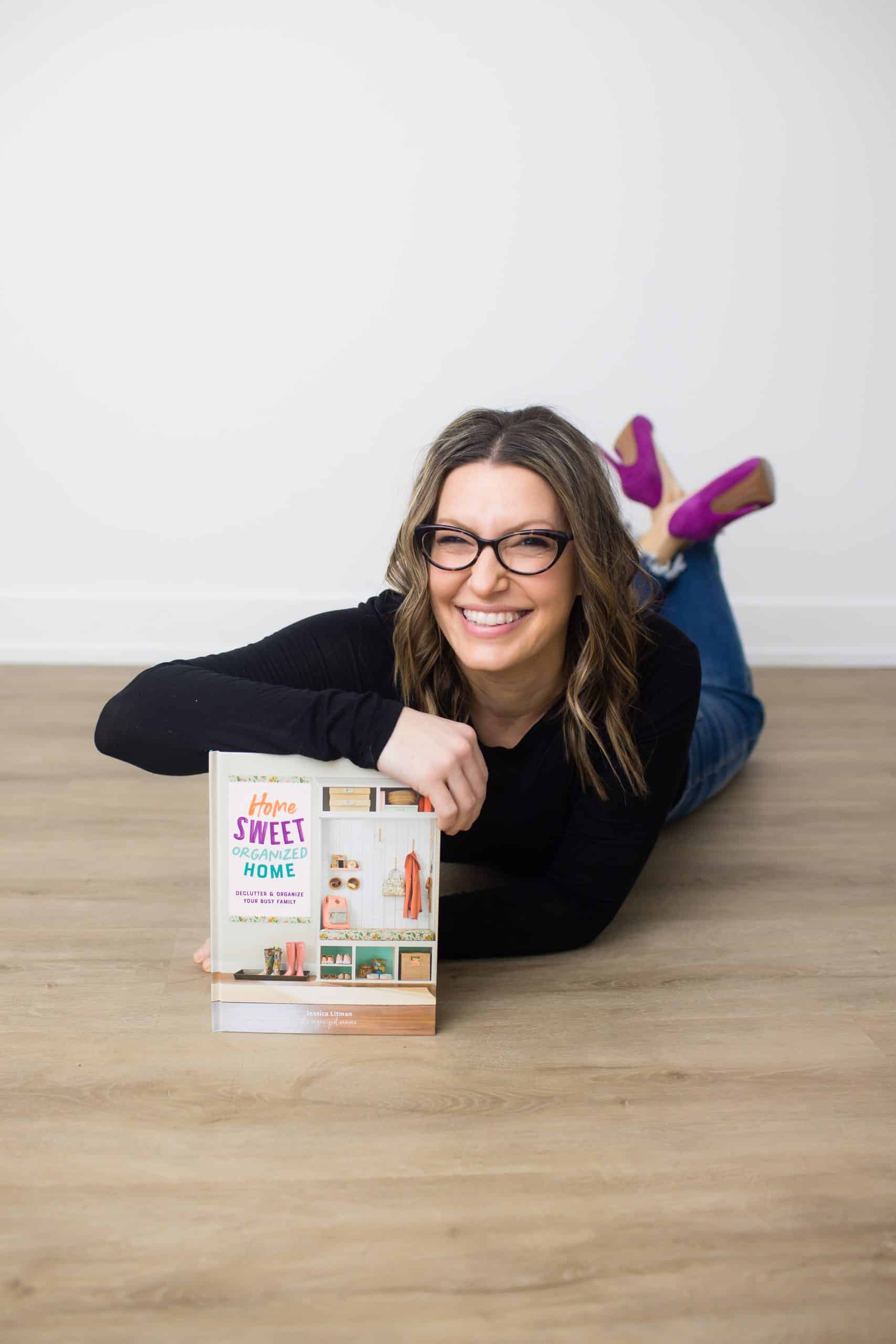

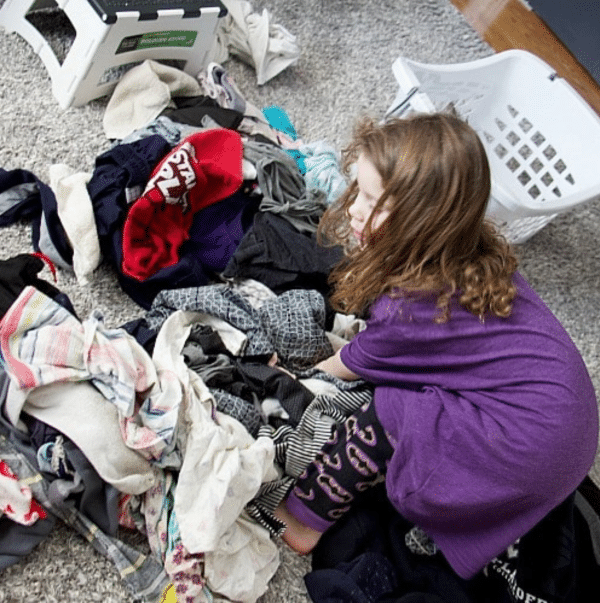

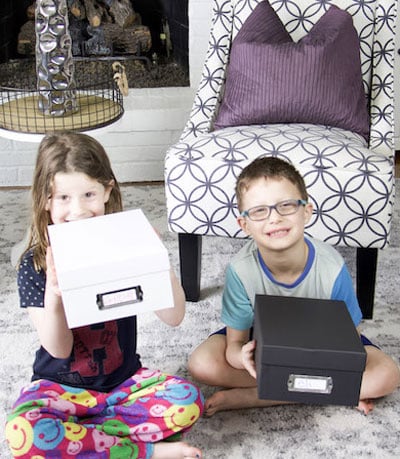

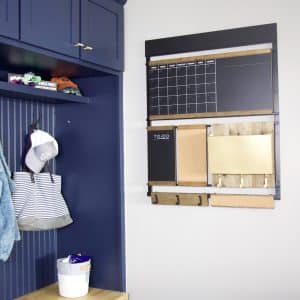
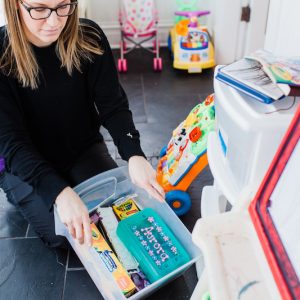
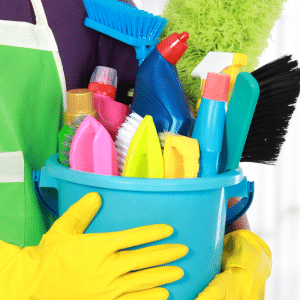
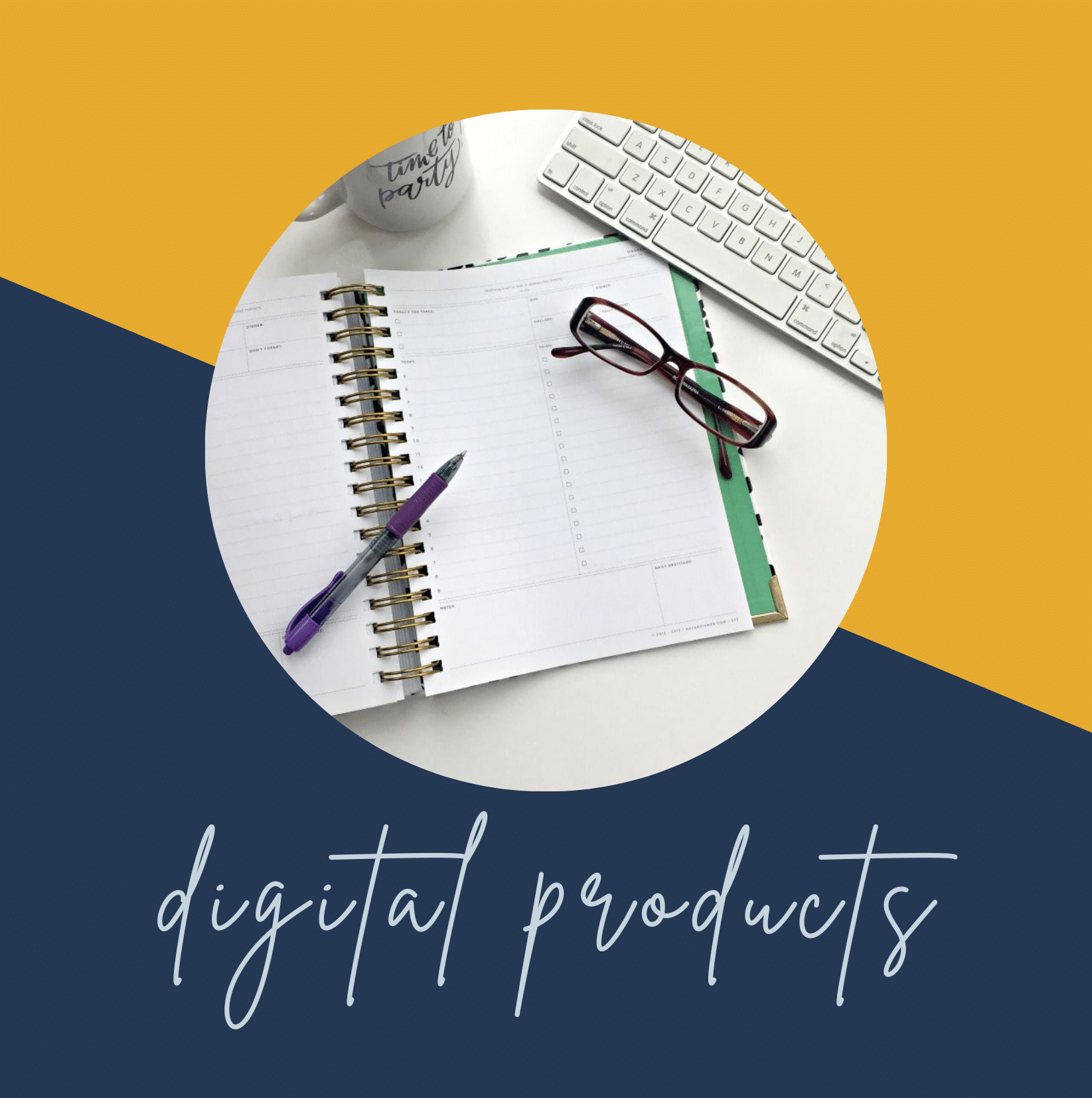



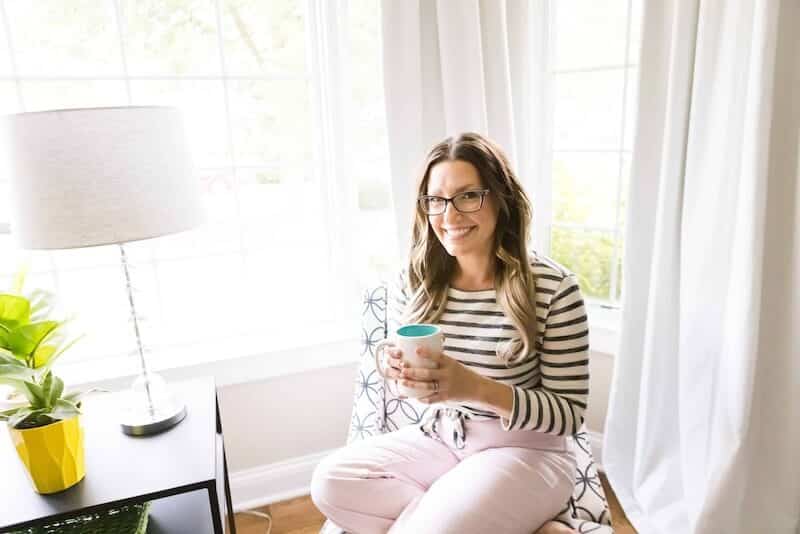
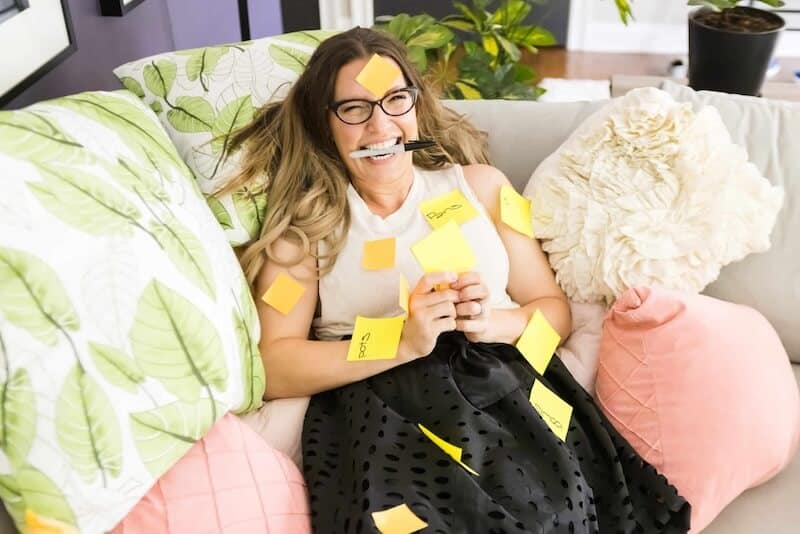

Comments are closed.